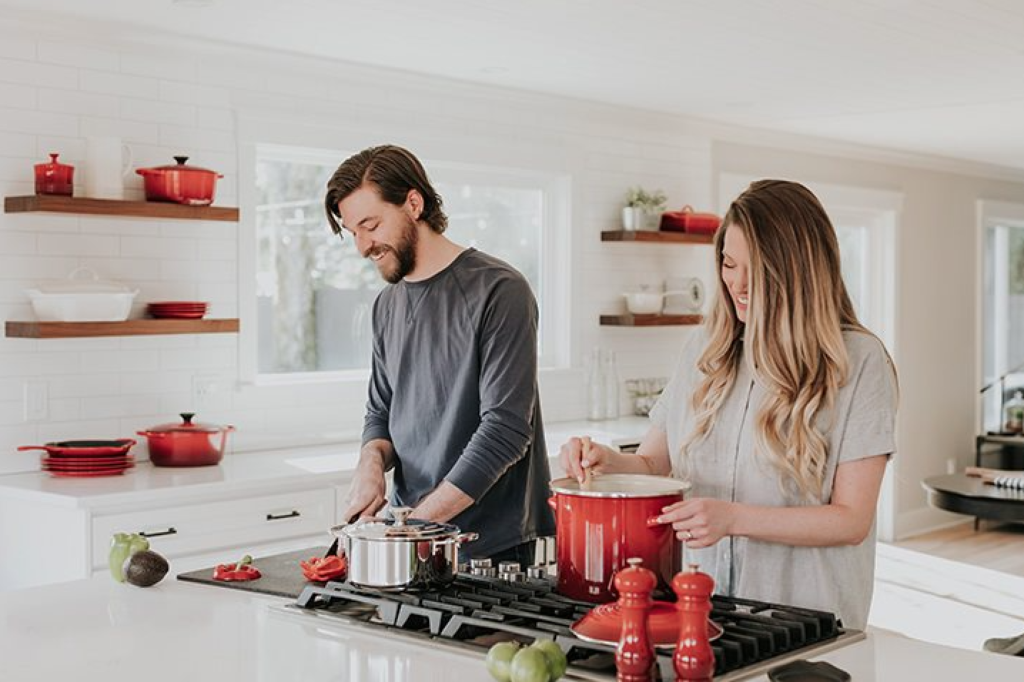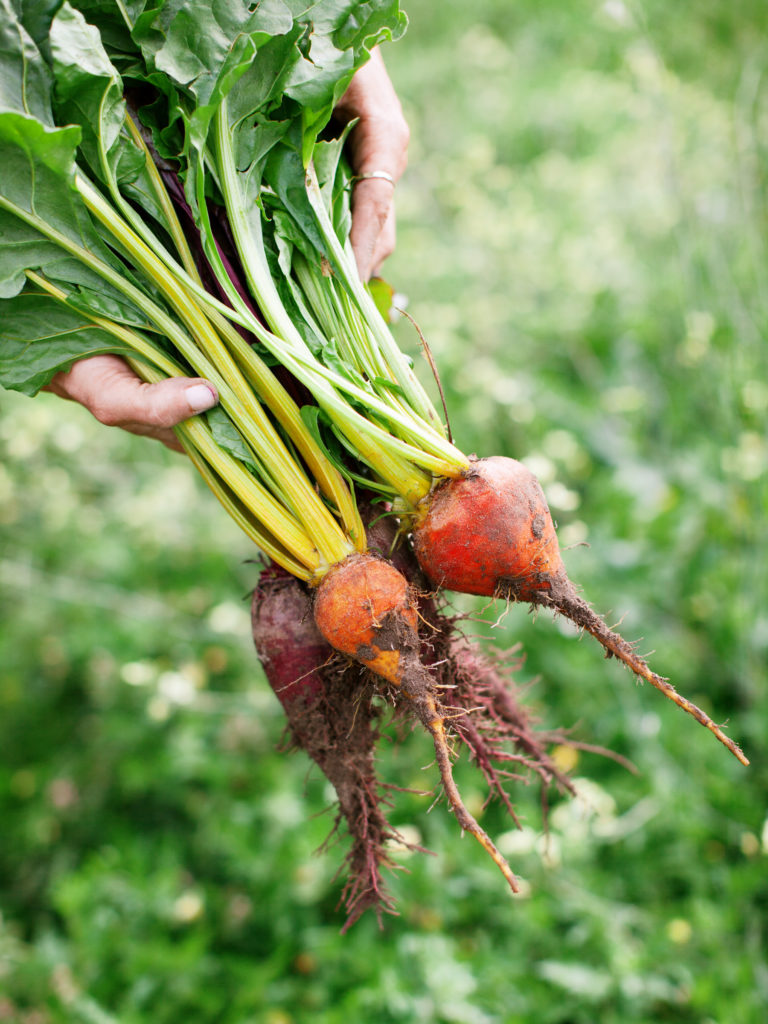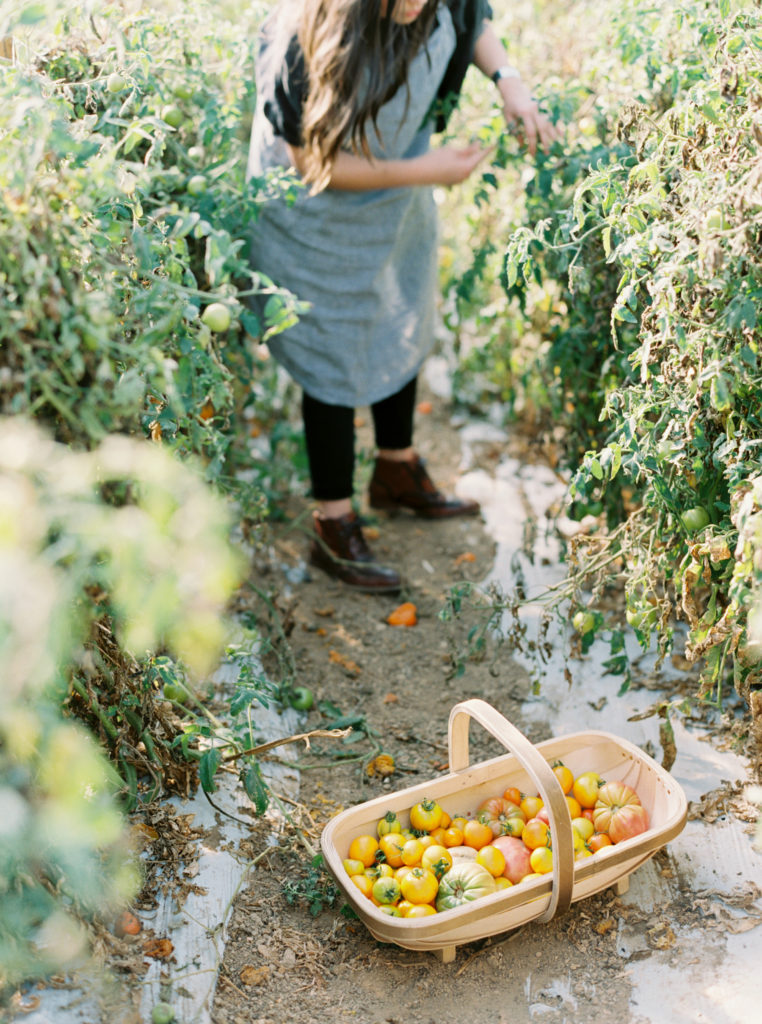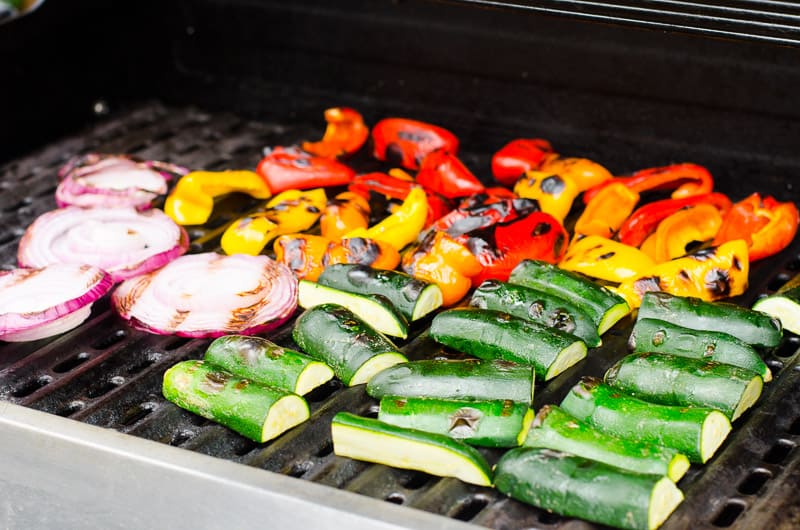Health Begins in the Kitchen:

When you start to explore a healthier lifestyle, you may feel overwhelmed at the beginning. Perhaps you’re not even sure if you want to try. Don’t worry; I have been in the same situation. With a daunting amount of health data and news headlines, getting healthy may seem to be an all or nothing situation. It’s not! There are many steps (big and small) you can take today to improve your health. It all starts in your kitchen and pantry. I am going to walk you through basic questions to consider when grocery shopping and stocking your kitchen.
Let’s start with food. It is so important because the food we consume is directly linked to the health of our body. Think about it — we eat three meals a day, plus we consume beverages and snacks. Food is the fuel we give our body to grow, think, repair, and perform tasks. Our body relies on us to provide a variety of nutrients to function optimally. Unfortunately, most people are not getting the variety they need. In fact, 60% of the standard diet is sourced from wheat, corn, and soy products, not much variety there. We need a variety of carbohydrates, fats, proteins, vitamins, and minerals in our diet.
Suggestion #1 — Begin to introduce new foods into your kitchen.

When it is time to buy groceries again, begin by taking stock of your pantry and refrigerator. What do you see? Do you see a lot of the same foods? If so, can you think of foods you like but haven’t had in a while? If you eat rice, considering trying quinoa or couscous. If you eat a lot of chicken, have you tried turkey or pork? Chicken breasts can be very expensive, so trying other meats can be healthier and cheaper. You don’t have to completely overhaul your pantry and throw everything out, nor waste money. Instead, make a conscious effort to look for new foods at the grocery store.
Suggestion #2 — Start looking into the quality of your nutrients.
As you become more aware of your pantry and the foods you consume each day, the next step is to consider the quality and sources of food you are consuming. Remember how I said our bodies need a wide variety of nutrients? Well, some sources of nutrients are better than others. Our bodies need real food. It is what our ancestors ate and what our bodies need too. What is real food? It is the foods you would find outside; foods that grow on a farm, in the ocean, or in the wild. The major groups are Fruits, Veggies, Meat, Seafood, Poultry, Dairy, Nuts, Grains, and Legumes.
We want to avoid products that are overly processed and provide little nutritional value. Those foods are often engineered to taste really good, but they only make us crave more instead of feeling satisfied. Many people find they eat less when switching to a real food diet because they finally feel satisfied and have fewer cravings.

Suggestion #3 — Learn how your food is being grown, raised, and treated.
When you go grocery shopping, there are many options for food. As you begin to add in more real food, the next question is, how is your food getting to you. Who grows it, and how? Many foods are grown with potentially damaging fertilizers, pesticides, and antibiotics. Just like the minuscule vitamins and minerals, our bodies can absorb these substances too. I recommend looking for foods raised without these chemicals and industrial products. This means buying organic produce, wild-caught seafood, and pasture-raised meat and eggs. It can be more expensive to buy organic, but that doesn’t mean there aren’t a few tips for finding it cheaper.
- Buy foods that are in season for your area. Foods are always cheaper when they are in season. For example, Cherries are in season in the summer around June & July, but they are on grocery store shelves starting in April. In June, cherries can be as low as $1.49/lb. In comparison, in April, cherries can be $9.99/lb. See how prices can widely vary? This is true for most produce. In-season foods tend to be fresher and more nutritious, so it’s a win-win.
- What if the food you want is not in season? Head to the frozen section. There are usually healthy, organic options for fruits and vegetables. Frozen fruits and veggies are often cheaper the fresh alternatives. Just make sure there is no added sugar or chemicals.
- Finally, consider the farmers market or growing your own food. If you want to know exactly how your food was taken care of, it’s best to talk to the person who raised it. Many farmers adhere to organic practices but can not afford to be registered as an organic farm. Thus, the food is free of pesticides, fresh, in season, and more sustainable. So, whether you grow your own food or head to the farmer’s market, you can avoid the markup on organic labels and still consume high-quality food.
Now that we have talked about the quality of the food we consume, we have one last topic to cover: kitchen equipment and food preparation. We can spend a lot of time shopping and sourcing the best quality foods, but we need to prepare the food so our bodies can absorb all of those essential nutrients.
It is best to avoid all commercial nonstick pans such as Teflon and copper pans. These pans can leach harmful compounds into our foods. The best options are cast-iron pans, enameled cast-iron, or stoneware. Stainless steel is a better option than Teflon but also has a few drawbacks. If possible, also avoid plastic food storage containers for the same reason. Plastic can leach particles into our foods, which then end up in our body. Glass is a better option. Mason jars are an economical storage option, as well as saving/reusing glass jars and lids from products you buy at the grocery store.
Finally, I want to briefly talk about cooking methods. Below are examples of a few common cooking methods and foods that benefit most from that method.
Raw- This is sort of a cooking method, right? Some foods are best consumed raw, meaning that they retain more of their vitamins. Some examples of foods to try raw are sweet bell peppers, raw dairy, salmon, broccoli, and spinach.
Baking and Roasting- A classic method for preparing vegetables and meats. It is easy to control the temperature and often preserves more water-soluble vitamins, but it usually takes more time. Some examples of foods to try roasting are poultry, root vegetables, and gourds like butternut squash.
Steaming- Steaming is quick and can be used to prepare many different vegetables and seafoods. If steamed correctly, the foods can keep a nice texture and color while maintaining most vitamin content. Some examples of foods to try steaming are asparagus, artichokes, and clams.
Sautéing and Stir-frying- A simple and easy way to put a meal together. As with all cooking methods, avoid overcooking foods and losing nutritional integrity. Here is the chance to get creative with different fats, meats, grains, and vegetables. Some examples of foods to try sautéing are kale, cauliflower, shrimp, carrots, and chicken.
Grilling- It can be fun to get out of the kitchen and cook outside, especially in nice weather or for holidays. Grilling isn’t just reserved for meat. Vegetables and some fruits can be grilled too. Be careful when grilling foods, and try to prevent flareups. Burning or charring your food can create carcinogens, which we want to avoid. Some examples of foods to try grilling are bell peppers, red onions, pork chops, summer squash, chicken breasts, and peaches.
Microwaving- I can not ignore the microwave. It is quick and relatively easy, but I generally don’t recommend it. Choosing to microwave foods doesn’t add any flavor or color, nor does it leave the food with a good texture. The research is inconclusive, but microwaves may potentially damage food structure and leak radiation into the environment. Some examples of foods to try microwaving are nothing if you can avoid it. Many foods traditional prepared in a microwave can also be made in a kitchen oven or toaster oven.

Taking care of our bodies is an investment, but we don’t have to empty our bank accounts to make improvements. Start making improvements wherever you are capable.
Sources:
- “Culinary Wellness Student Guide PDF” by the Nutritional Therapy Association.
- 100 Days of Real Food. https://www.100daysofrealfood.com.
I am a student, entrepreneur, and media consultant. I am passionate about all things business, and even more passionate about helping others grow.





